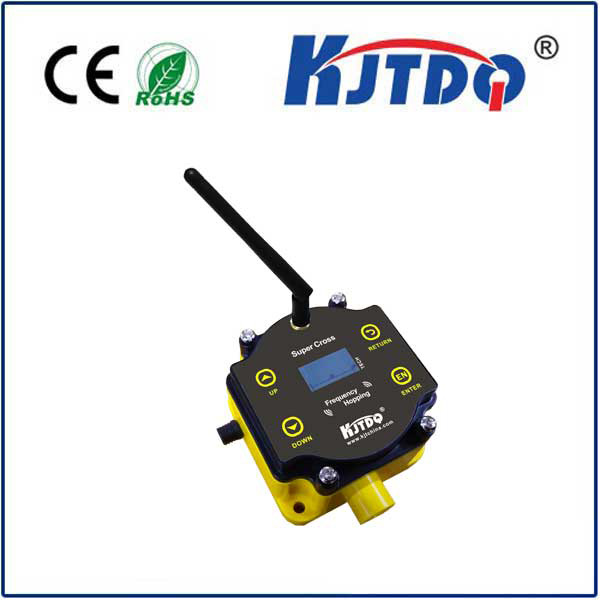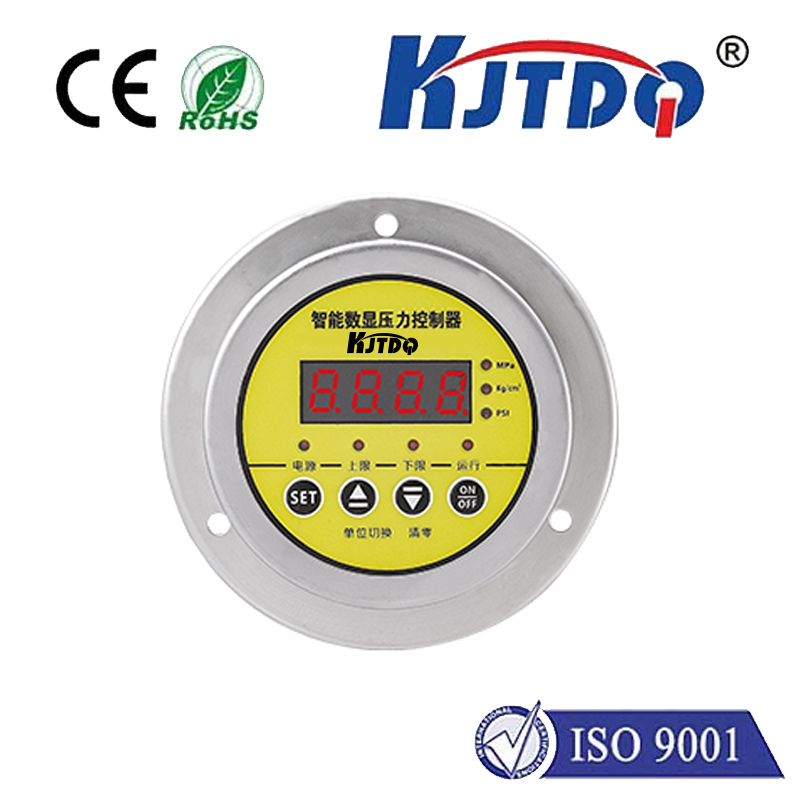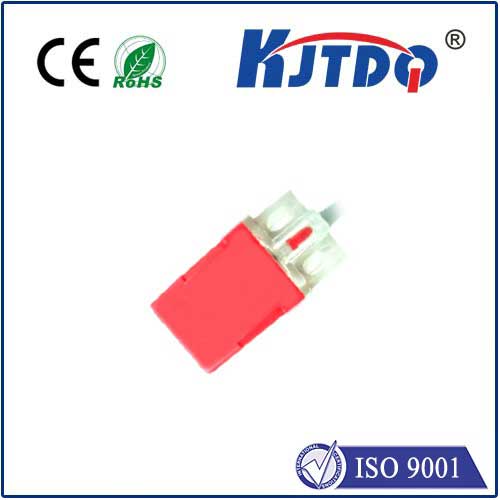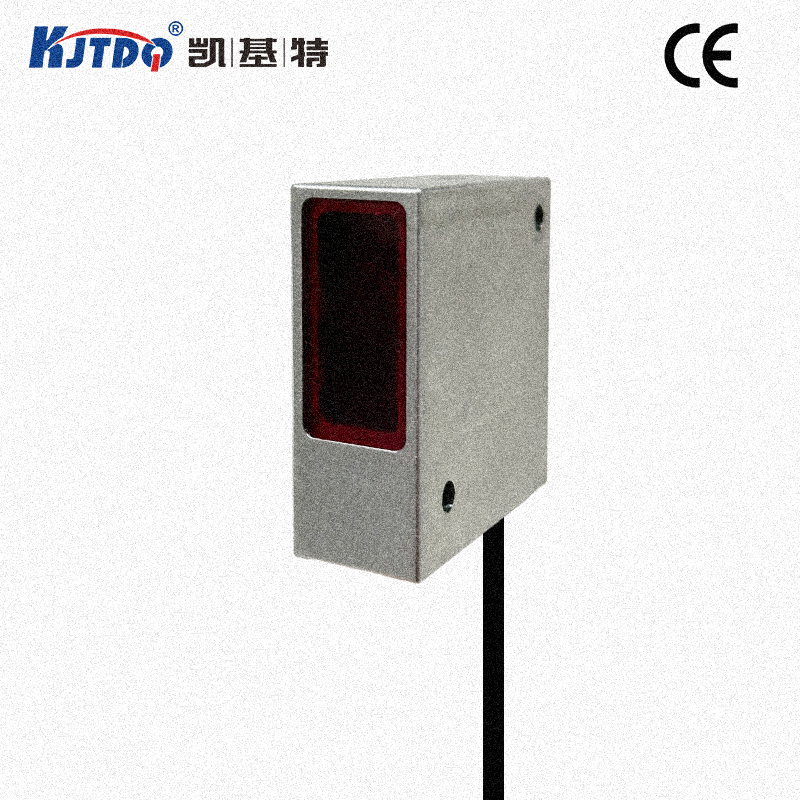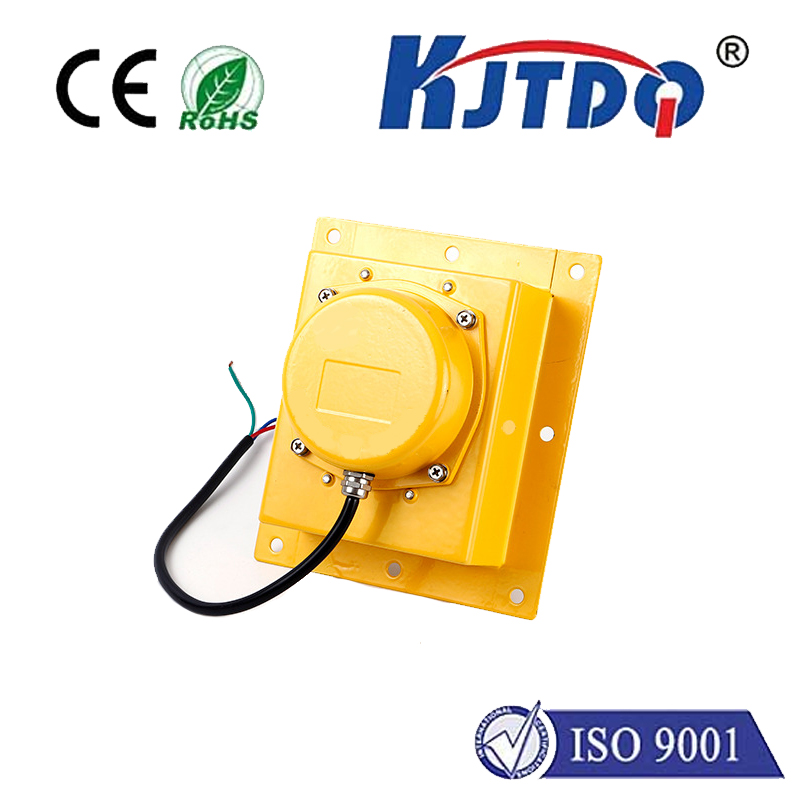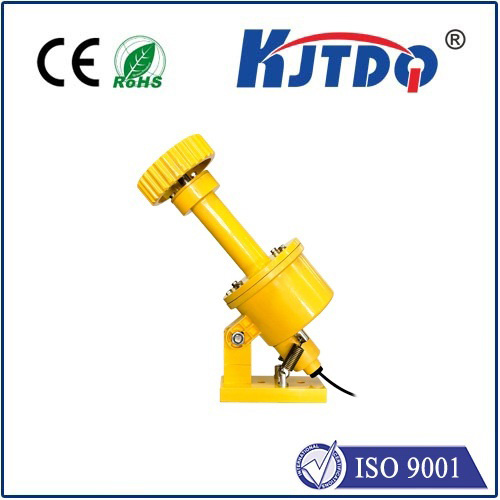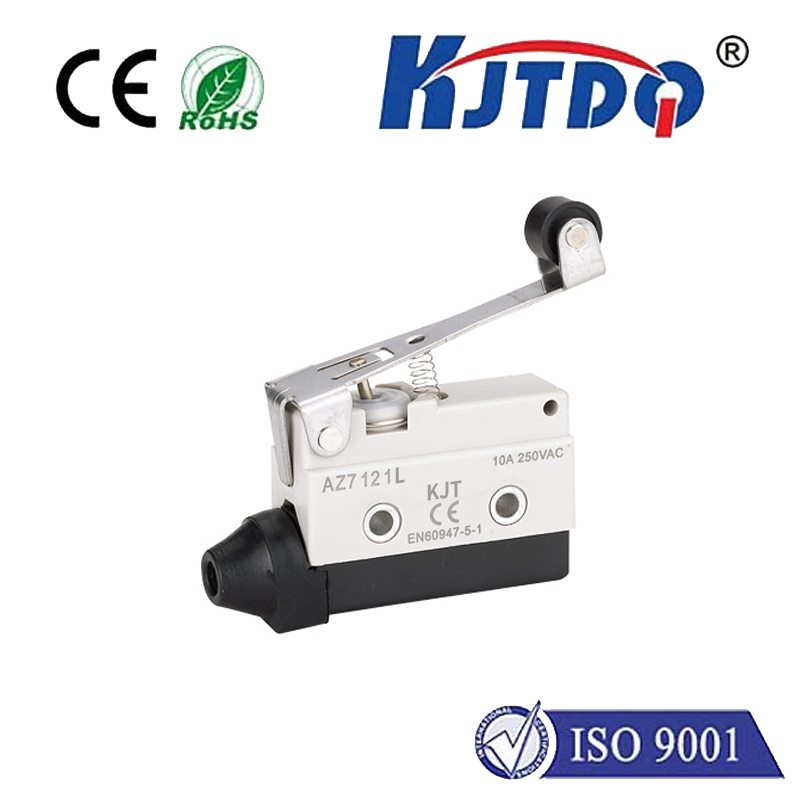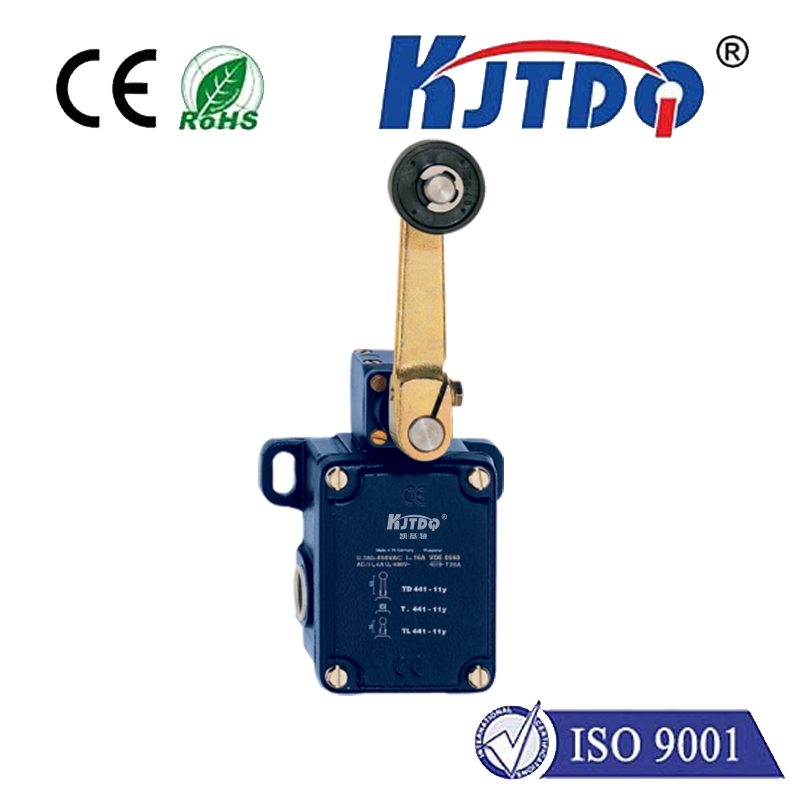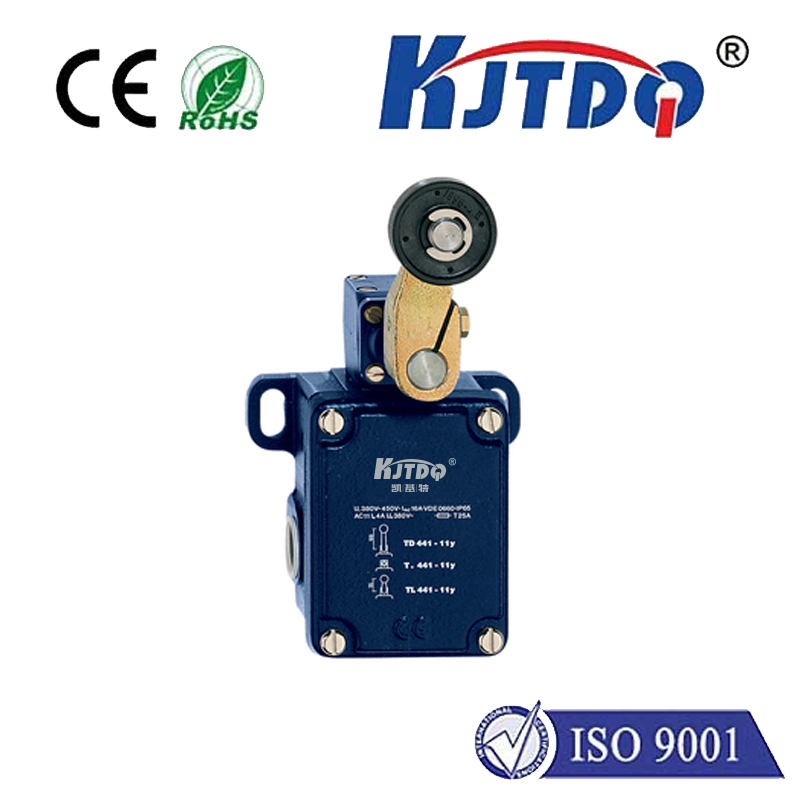position laser sensor
- time:2025-08-27 12:14:10
- Click:0
Position Laser Sensors: The Precision Eyes Guiding Modern Technology
Imagine a robotic arm assembling a smartphone with sub-millimeter accuracy. Envision autonomous vehicles navigating complex city streets, understanding their exact location in real-time. Picture factory products whizzing down conveyor belts, perfectly positioned for the next manufacturing step. At the heart of this precision, silently and reliably working, are laser position sensors. More than just measuring distance, these sophisticated devices are fundamental to determining exact location and enabling the automation and accuracy we increasingly depend on.
What Exactly is a Laser Position Sensor?
Fundamentally, a laser position sensor is an optoelectronic device that uses a focused beam of laser light to determine the precise location or displacement of a target object relative to a reference point. Unlike simple proximity sensors that detect presence, position laser sensors provide continuous, high-resolution data about where an object is. They accomplish this by employing principles like triangulation, time-of-flight (ToF), or interferometry, translating the interaction of the laser beam with the target into precise positional coordinates.
The Core Mechanisms: How They Pinpoint Location

While various technologies exist, two primary methods dominate industrial and commercial position laser sensor applications:
- Laser Triangulation:
- The sensor emits a laser dot onto the target surface.
- A receiver lens (like a camera) at a known angle to the laser emitter views the reflection of this dot.
- When the target moves closer or further away, the position of the reflected spot shifts across the receiver’s detector (like a CCD or PSD array).
- Using trigonometric calculations based on the fixed baseline and angle, the sensor calculates the target’s exact position or distance with high precision. This method excels at short to medium ranges with high resolution.
- Time-of-Flight (ToF):
- The sensor emits short pulses of laser light towards the target.
- It precisely measures the time it takes for each pulse to travel to the target and back to the sensor.
- Since the speed of light is constant, the sensor calculates the distance (
Distance = (Speed of Light × Time of Flight) / 2) with high accuracy. By combining multiple measurements or using scanning techniques, ToF sensors can map surfaces and determine positions in 2D or 3D (the core technology behind many LiDAR systems). This method shines for longer ranges.
Why Precision Matters: Key Applications
The ability to know exact position in real-time unlocks countless applications:
- Industrial Automation & Robotics: This is the bread and butter. Laser position sensors enable robots to locate parts, guide assembly arms, ensure weld seam tracking accuracy, verify component placement, and control complex pick-and-place operations with incredible reliability and repeatability of distance measurement. They are the eyes ensuring robotic precision.
- Quality Control & Inspection: Is that component exactly the right height? Is the gap between parts within tolerance? Is the surface profile correct? Laser position sensors provide non-contact, high-speed verification, spotting deviations that could lead to failure.
- Material Handling & Logistics: Guiding forklifts in automated warehouses (AGVs), ensuring pallets are positioned correctly on conveyors, triggering sortation systems based on package height or position – laser position sensors keep logistics flowing smoothly and accurately.
- Construction & Civil Engineering: Guiding heavy machinery like excavators and graders for precise earthmoving, monitoring structural deformation or settlement over time, leveling platforms – laser position sensors bring accuracy to large-scale projects.
- Automotive & Transportation: Crucial for vehicle dynamics testing, aligning components during manufacturing, assisting in automated parking systems, and forming the foundation of ADAS (Advanced Driver Assistance Systems) and autonomous vehicle perception via LiDAR (Light Detection and Ranging), which is effectively an advanced form of ToF-based position sensing.
- Medical Devices: Enabling precise positioning in surgical robots, guiding diagnostic equipment, and ensuring accuracy in various therapeutic machines.
Selecting the Right Position Laser Sensor
Choosing the optimal sensor involves several critical factors:
- Measuring Range: How far does the sensor need to accurately detect position?
- Resolution & Accuracy: What level of precision is required? Is micron-level detail needed or is millimeter-level sufficient?
- Target Surface: Does the sensor work well on the material (reflective, matte, dark)? Sensor performance can be significantly affected by surface properties.
- Operating Environment: Consider factors like ambient light, dust, moisture, temperature extremes, and vibrations. Industrial sensors often need high ingress protection (IP) ratings.
- Output Type: What interface does your control system require (analog voltage/current, digital I/O, serial communication like RS232/RS485, Ethernet-based protocols like EtherCAT, or industrial fieldbuses like PROFIBUS/PROFINET)?
- Response Time: How fast does the sensor need to capture and output position data? High-speed applications demand rapid response.
The Evolving Landscape: Smarter Sensing
Position laser sensor technology continues to advance rapidly. Key trends include:
- Increased Integration & Intelligence: Sensors incorporating onboard processing for edge computing, filtering data, and providing direct parameterization via interfaces like IO-Link for simpler diagnostics and configuration.
- Enhanced Connectivity: Seamless integration into the Industrial Internet of Things (IIoT) ecosystems using protocols like MQTT or OPC UA for data analytics and predictive maintenance.
- Higher Resolution & Longer Ranges: Technological improvements constantly push the boundaries of achievable precision and working distance.
- Multi-Dimensional Sensing: Beyond simple point measurement, sensors providing 2D profiles or even full 3D point clouds are becoming more accessible and powerful.
From ensuring the microchip is perfectly placed on your smartphone’s motherboard to helping self-driving cars understand their surroundings, laser position sensors provide the critical data of where. Their blend of precision, speed, and non-contact operation makes them indispensable tools. They are the unsung heroes delivering the accuracy that powers modern manufacturing, intelligent automation, safer vehicles, and countless other innovations, constantly evolving to meet the demands of an increasingly precise world. Choosing and applying the right position laser sensor is fundamental to achieving the levels of control and efficiency modern technology demands.






